I posted only a couple of days ago about unboxing the Disco Fever Limited Edition version of the game, and here I am already with a review.
Persona 4: Dancing All Night takes place shortly after the Persona 4 Golden epilogue. Rise is about to make her comeback into showbiz, and she wants her friends (the Persona 4 cast) to be her backup dancers for her first stage–the Love Meets Bonds festival. The close group of friends, supporting each other through everything, of course decide to agree to her request, and thus they spend about a month practicing moves for their upcoming performance.
Everything is going well until the members of Kanamin Kitchen disappear. Then there’s that rumor about how, if you go to the Love Meets Bonds website at midnight, you’ll see a video of a dead singer and your soul will be taken away. Yu and the members of the Investigation Team decide to check this out, since it sounds a lot like the events of the Midnight Channel from Persona 4, and of course they end up getting dragged into a new mystery where their Personas come into play.
General gameplay tips (spoiler-free):
- They ask you what you want to set your game difficulty to, but they don’t ask about what you want to set your stage difficulty to at the beginning of the game. This can be adjusted at the chapter select screen.
“Oh I know what this is called. Bromance!” – Nanako Dojima, in reaction to Yu and Yosuke dancing
If you’ve played Persona 4 Arena and Ultimax, you kind of already know what to expect from this game. Story mode involves a lot of visual novel text reading, a fair number of decision making, and is interspersed with rhythm game stages. The dancing is necessary because they are in a world where they can’t hurt or be hurt, so regular attacks won’t work. Instead, to release the Shadows they have to convey their feelings through dance! …Yeah.
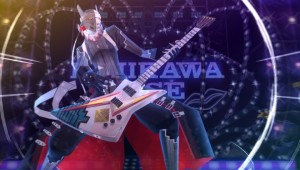
Story mode can be completed in roughly 10 hours. Free dance can then be completed in roughly another 5-10 hours, depending on how good you are at the game. Completing all free dance stages then unlocks a special chapter, which can be read in roughly 30 minutes.
Overall, there was an impressive amount of production quality that went into this game. There are a lot of animated scenes and everything is voice acted. The dancing animations are quite good, and I was very excited to see my Persona 4 characters do their usual Persona summoning animations in modern console quality. It made me wonder if this is what it would look like if Persona 4 got a complete overhaul into modern consoles, rather than just a port. The remixes are also quite good, but it’s just so hard to beat the original songs. Having said that, the remixes of Best Friends and Now I know are actually really good.
Okay, now let me get into the most important part of this game that totally made it worth it. You see, there’s this girl:
And when she dances, I just melt into a warm puddle of aww. Having her dance to the Junes theme is like an instant KO and was really unfair of Atlus. They know we all adore this girl to death. …Haha. They even made her costumes the most expensive in the game to obtain. That’s okay. Totally worth it.
One of the reasons I love Persona 4 more than Persona 3 is because these characters have the ability to make me burst out laughing when I least expect it. For example, I was using the General Teddie costume in Free Dance, and then all of a sudden Teddie shows up in his Alice costume: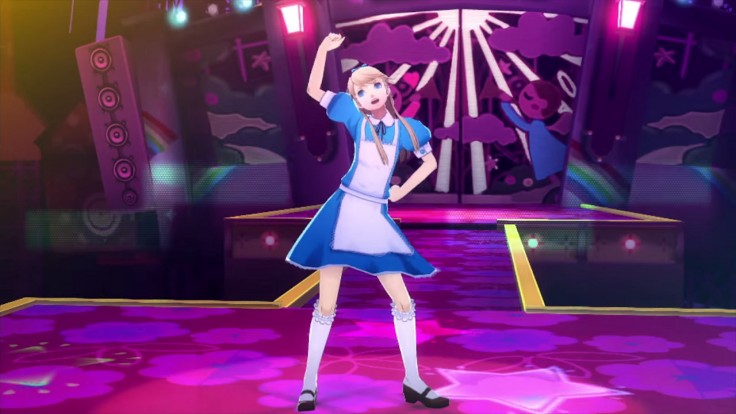
This sudden surprise caused me to miss the next slew of rhythm cues that came up, and I kept laughing for pretty much the rest of the song. I knew this costume was in game, but I was expecting it to be unlockable as a separate costume. Then there are quotes like this:
“Yo my name’s Teddie I’m a lyrical beast/I love the ladies and Personas and Topsicle feasts!” – Teddie
Oh man. All the giggles.
There were some things that I think could have worked better. I mean, I understand that yellow is the Persona 4 color, but yellow rhythm cues on top of a yellow background make things really difficult. Also, in comparison to the other games, I felt like the story in this game was somewhat lacking. It might be because the story is centered around the Kanamin Kitchen girls, who you hear about in the Persona 4 main game, but you don’t meet until this game. They were going for the same effect that you get with the Persona 4 cast when you first meet them and they get pulled into the shadow world, but it isn’t delivered to the same par due to the different storytelling format of this game. Furthermore, unlike all the other spinoffs that have been released to date, this game doesn’t benefit from the inclusion of Persona 3 characters. Fanservice first requires us to be fans of the characters, and even now I barely remember what the names of the Kanamin Kitchen girls were.
Recommendation:
I think if you’re a diehard Persona fan like I am, you probably already bought this game or are intending to buy it. You’re probably after the same thing I was–which is to see more of the characters we have come to love–and the game certainly delivers. However, it is the shortest spin-off game to date, and it doesn’t have the same charm from seeing Persona 3 and 4 characters interact that the other games do. Still, I did care to see my waifu’s Rise’s comeback through to success. I also like rhythm games.
If you’re not a Persona 4 fan, there’s not much here for you. If you’re simply looking for a new rhythm game to play, this could be fun, but I find the systems in Theatrythm and Tap Tap Revenge, for example, cleaner and more entertaining than this one. It was a cool idea to use a circular note format, but it’s incredibly hard to tell when notes are triplets or eighth notes or so on without some sort of color cue (like in DDR) or something.
If you’re on the fence about this, I’d say wait until it drops in price. I found Persona Q, Arena, and Ultimax generally more enjoyable games. I think it partly has to do with the fact that they weren’t new experiments–they used the Etrian formula for Persona Q, and the Arena games were co-developed by Arc System Works (known for Guilty Gear and BlazBlue). The rhythm game thing, on the other hand, was entirely new for Atlus. I think it was well-done, but not as exceptional as the other titles.
Still, I’m not ready to let these characters go. I’ll keep buying the spin-off games if that means we’ll get to see more of them.
| 3 Things I liked: | 3 Things I disliked: |
|
|
Other useful links:
Persona 4 Dancing All Night GameFAQ: On GameFAQs.

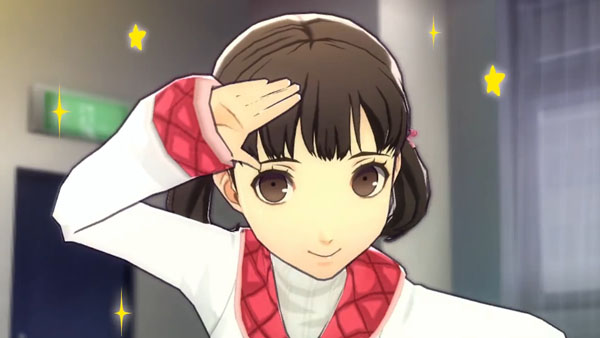




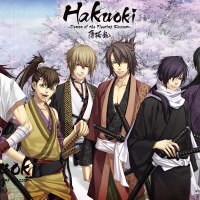
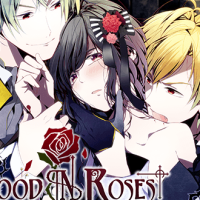


April 11, 2016 at 10:04 PM
Everytime I hear the theme song of Dancing All Night I cant stop thinking that it was kinda like a Rise’s love letter for Yu. At least what she feels and the way she project her “dream”-relationship with Yu. Well, at least the parts with the woman vocals lol
LikeLike